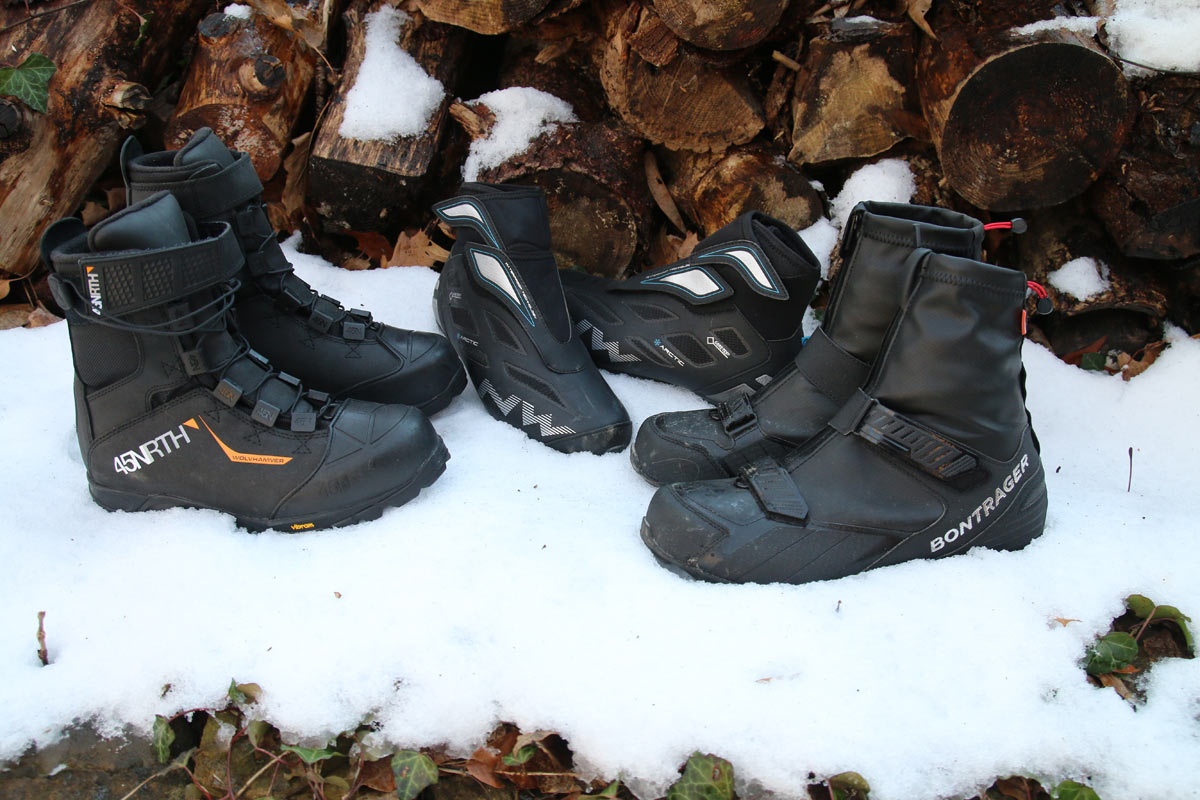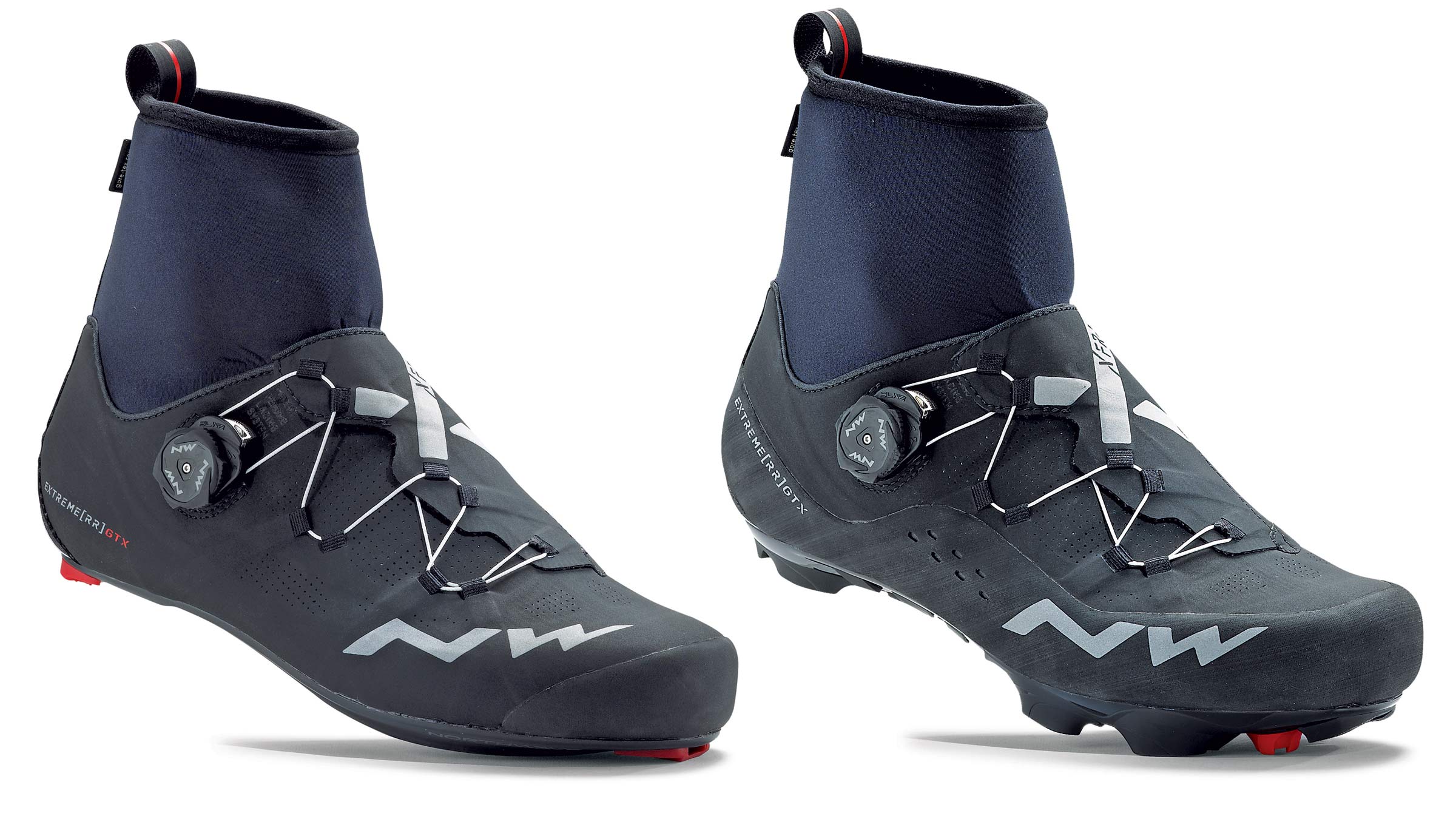We know, there’s no such thing as a stupid question. But there are definitely some questions too embarrassing to ask your local shop or riding buddies. Ask A Stupid Question is our weekly series where we get to the bottom of your questions – serious or otherwise. Hit the link at the bottom of the post to submit your own question!
Even completely healthy, riding in the winter can be extremely hard on your hands and feet. Throw in circulatory issues like Raynaud’s Syndrome and it’s a whole different ball game. Raynaud’s is a somewhat mysterious affliction that is usually brought on by the cold and causes a restriction in blood flow to your fingers, toes, and sometimes nose and ears. The reduced blood flow often results in surprisingly pale looking skin – much different than the typical look of cold fingers or toes.
Raynaud’s is something that Becky has been dealing with as she writes, “I am a 65-year old female recreational road rider, usually going 35-55 miles over a period of 2-4 hours. I live in Northern California where a super cold ride would be in the 30s, although I have ridden in the 20s on rare occasions. My problem is that I have Raynaud’s, and over the years my feet have gotten to where they are cold and numb, sometimes painful, on most winter rides. (Bar Mitts and gloves keep my hands warm enough.)”
She continues, “I have been using my own crazy system of wool socks, toe covers, and two layers of shoe covers, but my feet are always very cold and numb (which then leads to very painful chilblains on my toes throughout the winter). My friend raves about her Northwave winter shoes, and I am hoping that might be the answer for me, because I’m not going to give up riding in the winter, but it sucks to have miserable feet all the time. So, given that I need the warmest shoes possible and am looking for comfort, as opposed to high performance, which shoe would you recommend for me? (And just to throw something else into the mix, I wear orthotics to correct foot pronation, so a narrow shoe does not work for me.) I appreciate any help you can give me.”
That’s a great question. The short answer is, yes, I believe winter boots would be a big help – but there’s far more to consider than just the choice of footwear.
From personal and anecdotal experience, one of the most common contributors to cold feet isn’t the shoe itself, but the restriction of blood flow. Most riders who don’t have specific winter shoes tend to just grab the same shoes they wear for the summer and throw on some shoe covers. But they also tend to reach for warmer winter socks – which are usually thicker. You’re left with a shoe that you initially fit with thinner summer weight socks that you’re now trying to cram a pair of heavier winter socks inside. Even if you loosen the straps/Boas/laces, there’s still less room in the toe box which is where it’s most important for circulation issues. This constriction around your feet is bad for warmth with healthy circulation and I suspect much worse for someone with Raynaud’s. Add in your Orthotics which likely take up more real estate than the stock insole, and there’s a good chance your shoes are too tight to provide proper circulation.
Getting a second pair of shoes for the winter that are usually a 1/2 size or full size larger is the safe bet. But if you’re buying a second pair of shoes just for the winter, they might as well be winter specific, right?

Compared to summer shoes + shoe covers, winter shoes or boots have a few key advantages. They are obviously built with insulation and water proofing so you don’t have to add a cover to protect from the elements. Winter boots also extend past the ankle for better coverage. But one of the biggest advantages is hidden on the bottom of the boot. No matter how many shoe covers you put on, the bottom of your shoes will still be largely exposed to the elements. Considering that summer shoes are designed for ventilation, this is an easy way for the cold air to enter your shoes from the bottom up. Cold from the bottom of your feet is only exacerbated by running clipless pedals with metal cleats which essentially act as heat sinks pulling the warmth from your feet to the pedals. Better winter boots will have a fully insulated foot bed to keep the bottom of your feet insulated and not just the top.
As an added bonus, winter boots make it easier to get out and ride since you’re just putting on a boot. Not a pair of shoes and then struggling with a pair (or two!) of shoe covers over them. You’re also saving your summer shoes from wear and tear associated with winter riding which will allow you to get extra miles out of them in the summer. As someone who struggles with cold feet I’ve said it before, and I’ll say it again – good winter riding boots are one of the best investments you can make for all season comfort.
Now with that out of the way, yes, find yourself some winter boots. However, since you’re riding on the road, that complicates things a bit. Mostly because a lot of the winter boots I’ve tested are simply too bulky for road riding. You’ll also have to decide on the clipless system you want to use. Winter boots come in 3-bolt SPD-SL/Look style, or two bolt SPD style. My vote is usually for the two bolt style, but that’s because when I’m using my winter boots, I often have snow, ice, and slush to contend with. In slippery conditions you want as much traction out of your boots as possible, hence the MTB outsole. But if you’re in Norcal where it’s cold without the snow, true road winter boots could be the answer.

Another thing to consider is the fit itself. Because of the extra material, bulk, and coverage, getting a winter riding boot to fit can be a tricky proposition. Ideally, you want to find the boot that slips the least while pedaling, that’s also the loosest in terms of fit. If the boot slips as you’re pedaling and you have to crank it down to comfortably spin, then you’re back to the constricting problem in the first place. Most winter boots are built on wider lasts than summer shoes, so finding one that’s wide enough shouldn’t be an issue. However, if you do need wider, Lake sells almost their entire Cold weather range in wides. There are a ton of different winter boots out there, but in your case I think fit should take priority.
My advice would be to take a pair of the winter socks you ride with plus your orthotics and head to a bike shop that has boots that you can try on. Bonus points if they let you pedal the boots while on a trainer in the store. You’re looking for a fit that your heel doesn’t slip out of the heel cup, and a fit that doesn’t pinch around your ankle or toes. If you can’t find anyone local that carries winter boots in your size, then you’ll just have to find someone online with a good return policy, and go through some trial and error. Good luck, and keep crushing those miles!
Got a question of your own? Click here to use the AASQ form, or find the link under the Contact menu header up top anytime a question pops into your mind!
